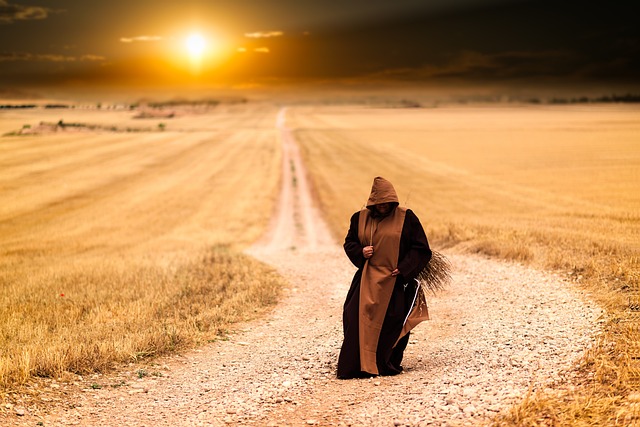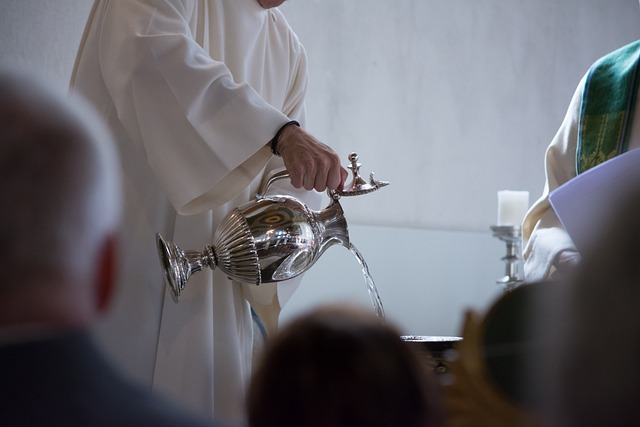The Sacred Journey: Navigating the Pilgrim Zone in Religious Rituals
The concept of the pilgrim zone resonates deeply with those who seek spiritual fulfillment and understanding through religious rituals. This defined space, both physically and metaphorically, becomes a sanctuary where individuals embark on a transformative journey, often seeking deeper connections with their faith, community, and self. Pilgrimages have existed for centuries, with each culture embedding unique practices within the broader spiritual experience.
In many religions, this pilgrim zone manifests in sacred sites. For Christians, journeys to Jerusalem or Lourdes are steeped in history and spirituality, while Muslims find deep meaning in their pilgrimage to Mecca during Hajj. Similarly, Hindus make their way to the banks of the Ganges, believing that the water holds the power to cleanse the soul. Yet, the true essence of the pilgrim zone transcends mere location; it is the emotions, aspirations, and challenges faced on the journey that truly define the sacred experience.
The rituals encountered in the pilgrim zone serve as a reminder of our collective human experience. Each rite performed, whether it be chanting, meditating, or partaking in communal meals, fosters a sense of unity among pilgrims. These communal acts strengthen the bond between individuals, reinforcing that they are not alone on their spiritual quests. The shared laughter, tears, and triumphs provide a tapestry of experiences that enrich the soul.
Furthermore, the pilgrim zone challenges individuals to confront personal barriers. It is in these sacred spaces where the mundane often meets the divine, and pilgrims must navigate their fears, doubts, and questions. Whether it’s the physical endurance of a long trek or the emotional toll of confronting past traumas, every step taken can lead to profound revelations. This journey often prompts introspection, catalysting growth and deeper understanding within one’s self and their faith.
In essence, navigating the pilgrim zone invites reflection on the rituals that anchor our beliefs. As individuals immerse themselves in their respective practices, they uncover layers of meaning that connect them to their faith and to each other. The pilgrim zone is more than a passage through time and space; it is a pilgrimage of the heart, leading to enlightenment and greater awareness.
As we traverse our individual pilgrim zones, we are reminded of the beauty of diversity in religious rituals and the shared human experience that binds us all. It is through these sacred journeys that we carve pathways of understanding and compassion, illuminating the importance of faith in our lives.



